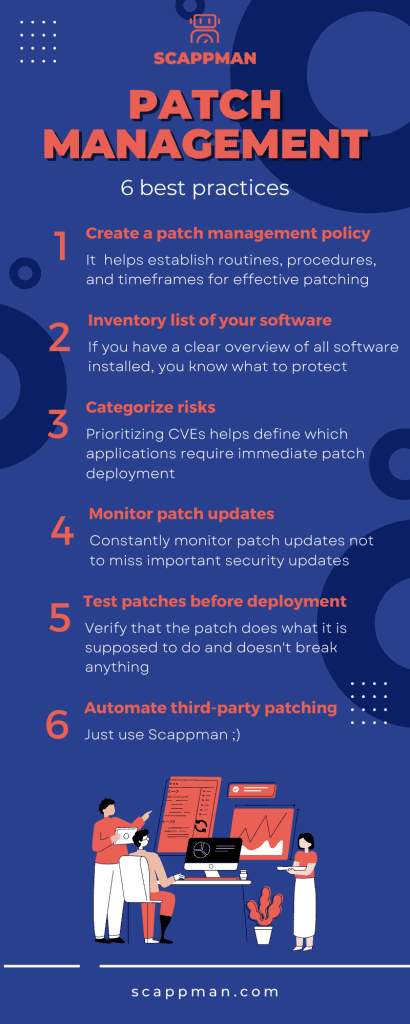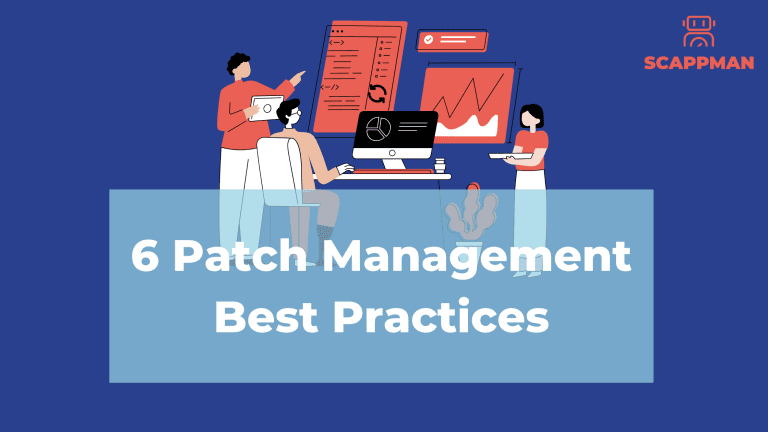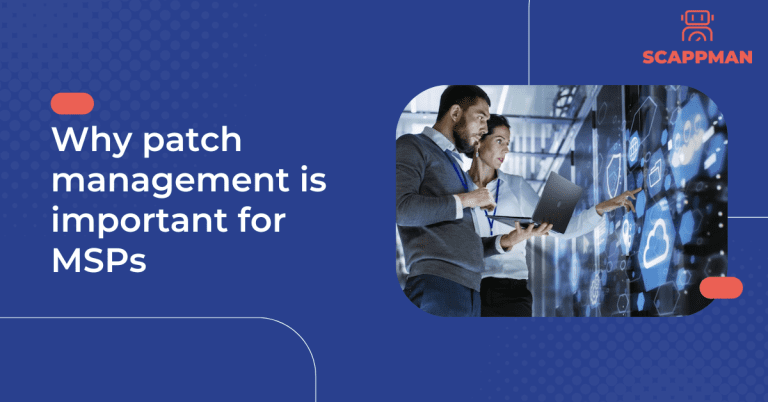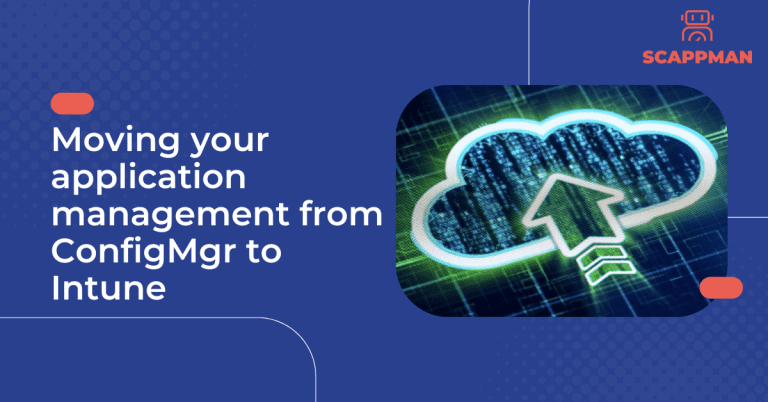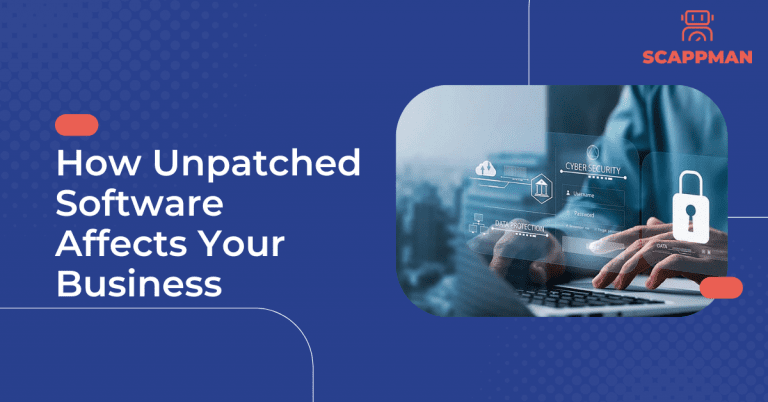Protecting your company’s IT infrastructure against cybersecurity threats is the number one priority. And patch management is an essential element in the cybersecurity strategy. We know that implementing patches for software including third-party applications can be tedious. Indeed, due to time and budget limitations, most IT departments don’t pay much attention to patch management. Knowing that 57% of data breaches could have been prevented by being patched on time, patch management is more critical than ever.
With patch management, you ensure that your applications stay up to date and secure to use. So, implementing software patches as they’re released is the best way to keep your company’s software safe from hackers.
In this blog, we’ll share 6 patch management best practices.
Create a patch management policy
Implementing patch management policies helps establish routines, procedures, and timeframes for effective patching. The process of creating the policy can be time-consuming but necessary. In the patch policy, you create, you should include all kinds of updates (critical and non-critical), as well as regular system maintenance.
Inventory list of your software
A list of all software, operating systems and devices the company uses is a vital piece of your patch management process. If you have a clear overview of all your endpoints and software installed, you know what you have to protect.
While Windows can automatically update itself, third-party apps like 7-zip, Adobe and Chrome might not have this ability. This creates multiple attack vectors into your endpoints.
Categorize risks
Avoid applying patches in a chaotic way. Categorize the detected vulnerabilities according to the risk level and prioritize the deployment of important patches instead. Applying patches to low-level threats first wastes time and threatens your system security. Prioritizing CVEs helps define which systems and applications require immediate patch deployment and which can wait.
Pro Tip: Microsoft Threat and Vulnerability Management (TVM) helps organizations with identifying, assessing, and even remediating new vulnerabilities. The add-on tool to Microsoft 365 Defender provides users with insights on all applications (that are supported by Microsoft) installed across all the endpoints in the company, including the application name, OS, vendor, number of associated weaknesses, threats, number of exposed devices and impact. All the detected vulnerabilities are categorized based on the CVSS score.
Read more about Microsoft TVM:
- Detecting vulnerable applications with Microsoft Threat and Vulnerability Management
- Microsoft releases a New Defender Vulnerability Management tool
Monitor patch updates
With so many applications installed (and so little time), tracking all software updates is critical. In the case of Microsoft products, it’s easy – on Patch Tuesday the second Tuesday of each month, Microsoft releases large patches for Windows OS, Microsoft Office and other Microsoft software. But for third-party apps – not so much. Some software vendors publish updates and send email notifications to administrators.
Pro Tip: Scanning through hundreds or thousands of software patches can be inefficient and time-consuming. Use solutions for automated application patching to save your time.
Test patches before deployment
Before deploying a patch, it’s important to test it in a testing environment. This allows you to verify that the patch does what it is supposed to do and doesn’t break anything else. It also gives you time to fix any problems that may arise before the patch goes live.
Automation
Let’s be honest, it’s not possible to do patch management manually. On average, organizations use around 100 applications, and you must monitor and patch all of them. But you have other stuff to do. The solution is pretty – automate everything that can be automated. Automating the patching process reduces the workload for IT admins thus promoting efficiency, productivity, and security of the organization.
That’s why Scappman should be a part of your patch management policy. Automatically updating all your applications, you save plenty of time that you can spend on other important tasks. You don’t need to track all the updates available, prioritize and test them. Scappman will do this job for you.
To know more about how you can automate third patching, start a free trial or book a call with us.
